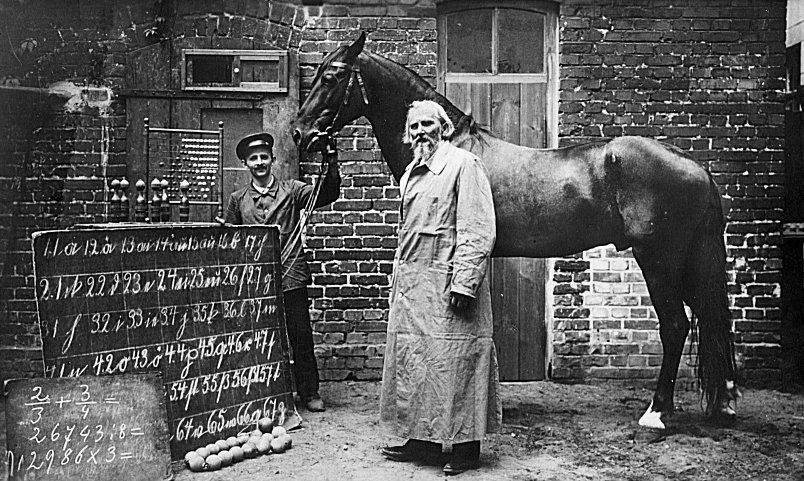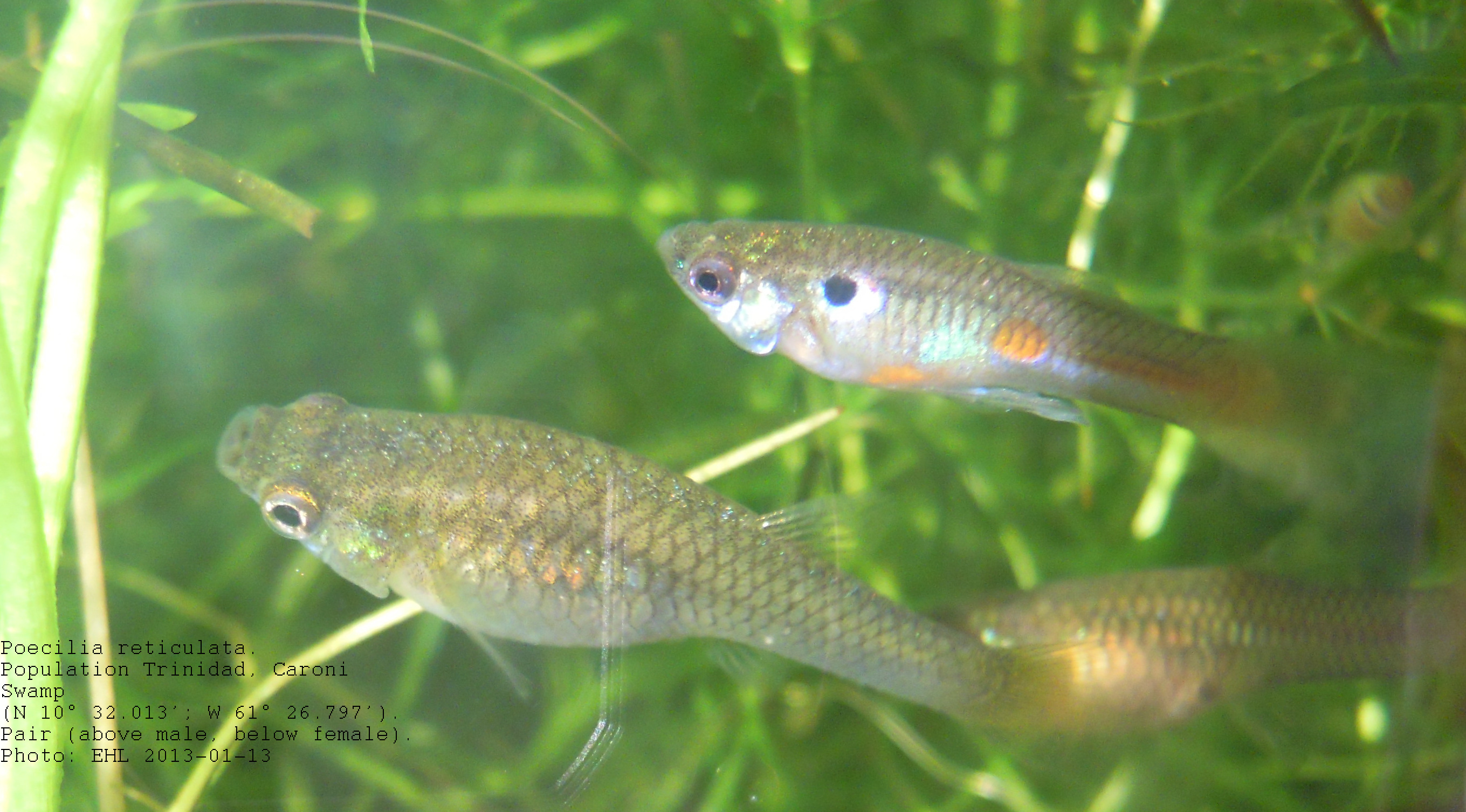|
Parallel Individuation System
The parallel individuation system, also called object tracking system is a non- symbolic cognitive system that supports the representation of numerical values from zero to three (in infants) or four (in adults and non-human animals). It is one of the two cognitive systems responsible for the representation of number, the other one being the approximate number system. Unlike the approximate number system, which is not precise and provides only an estimation of the number, the parallel individuation system is an exact system and encodes the exact numerical identity of the individual items. The parallel individuation system has been attested in human adults, non-human animals, such as fish and human infants, although performance of infants is dependent on their age and task. Evidence The evidence for parallel individuation system comes from a number of experiments on adults, infants and non-human animals. For example, adults perform error-free when they enumerate elements for numer ... [...More Info...] [...Related Items...] OR: [Wikipedia] [Google] [Baidu] |
Symbol
A symbol is a mark, sign, or word that indicates, signifies, or is understood as representing an idea, object, or relationship. Symbols allow people to go beyond what is known or seen by creating linkages between otherwise very different concepts and experiences. All communication (and data processing) is achieved through the use of symbols. Symbols take the form of words, sounds, gestures, ideas, or visual images and are used to convey other ideas and beliefs. For example, a red octagon is a common symbol for "STOP"; on maps, blue lines often represent rivers; and a red rose often symbolizes love and compassion. Numerals are symbols for numbers; letters of an alphabet may be symbols for certain phonemes; and personal names are symbols representing individuals. The variable 'x', in a mathematical equation, may symbolize the position of a particle in space. The academic study of symbols is semiotics. In cartography, an organized collection of symbols forms a legend for ... [...More Info...] [...Related Items...] OR: [Wikipedia] [Google] [Baidu] |
Cognition
Cognition refers to "the mental action or process of acquiring knowledge and understanding through thought, experience, and the senses". It encompasses all aspects of intellectual functions and processes such as: perception, attention, thought, intelligence, the formation of knowledge, memory and working memory, judgment and evaluation, reasoning and computation, problem solving and decision making, comprehension and production of language. Imagination is also a cognitive process, it is considered as such because it involves thinking about possibilities. Cognitive processes use existing knowledge and discover new knowledge. Cognitive processes are analyzed from different perspectives within different contexts, notably in the fields of linguistics, musicology, anesthesia, neuroscience, psychiatry, psychology, education, philosophy, anthropology, biology, systemics, logic, and computer science. These and other approaches to the analysis of cognition (such as embodied ... [...More Info...] [...Related Items...] OR: [Wikipedia] [Google] [Baidu] |
Infant
An infant or baby is the very young offspring of human beings. ''Infant'' (from the Latin word ''infans'', meaning 'unable to speak' or 'speechless') is a formal or specialised synonym for the common term ''baby''. The terms may also be used to refer to juveniles of other organisms. A newborn is, in colloquial use, an infant who is only hours, days, or up to one month old. In medical contexts, a newborn or neonate (from Latin, ''neonatus'', newborn) is an infant in the first 28 days after birth; the term applies to premature, full term, and postmature infants. Before birth, the offspring is called a fetus. The term ''infant'' is typically applied to very young children under one year of age; however, definitions may vary and may include children up to two years of age. When a human child learns to walk, they are called a toddler instead. Other uses In British English, an '' infant school'' is for children aged between four and seven. As a legal term, ''infancy'' is more ... [...More Info...] [...Related Items...] OR: [Wikipedia] [Google] [Baidu] |
Number Sense
In psychology, number sense is the term used for the hypothesis that some animals, particularly humans, have a biologically determined ability that allows them to represent and manipulate large numerical quantities. The term was popularized by Stanislas Dehaene in his 1997 book "The Number Sense". Psychologists believe that the number sense in humans can be differentiated into the approximate number system, a system that supports the estimation of the magnitude, and the parallel individuation system, which allows the tracking of individual objects, typically for quantities below 4. There are also some differences in how number sense is defined in math cognition. For example, Gersten and Chard say number sense "refers to a child's fluidity and flexibility with numbers, the sense of what numbers mean and an ability to perform mental mathematics and to look at the world and make comparisons." In non-human animals, number sense is not the ability to count, but the ability to percei ... [...More Info...] [...Related Items...] OR: [Wikipedia] [Google] [Baidu] |
Approximate Number System
The approximate number system (ANS) is a cognitive system that supports the estimation of the magnitude of a group without relying on language or symbols. The ANS is credited with the non-symbolic representation of all numbers greater than four, with lesser values being carried out by the parallel individuation system, or object tracking system. Beginning in early infancy, the ANS allows an individual to detect differences in magnitude between groups. The precision of the ANS improves throughout childhood development and reaches a final adult level of approximately 15% accuracy, meaning an adult could distinguish 100 items versus 115 items without counting. The ANS plays a crucial role in development of other numerical abilities, such as the concept of exact number and simple arithmetic. The precision level of a child's ANS has been shown to predict subsequent mathematical achievement in school. The ANS has been linked to the intraparietal sulcus of the brain. History Piaget' ... [...More Info...] [...Related Items...] OR: [Wikipedia] [Google] [Baidu] |
Experiment
An experiment is a procedure carried out to support or refute a hypothesis, or determine the efficacy or likelihood of something previously untried. Experiments provide insight into Causality, cause-and-effect by demonstrating what outcome occurs when a particular factor is manipulated. Experiments vary greatly in goal and scale but always rely on repeatable procedure and logical analysis of the results. There also exist natural experiment, natural experimental studies. A child may carry out basic experiments to understand how things fall to the ground, while teams of scientists may take years of systematic investigation to advance their understanding of a phenomenon. Experiments and other types of hands-on activities are very important to student learning in the science classroom. Experiments can raise test scores and help a student become more engaged and interested in the material they are learning, especially when used over time. Experiments can vary from personal and in ... [...More Info...] [...Related Items...] OR: [Wikipedia] [Google] [Baidu] |
Number Sense In Animals
Number sense in animals is the ability of creatures to represent and discriminate quantities of relative sizes by number sense. It has been observed in various species, from fish to primates. Animals are believed to have an approximate number system, the same system for number representation demonstrated by humans, which is more precise for smaller quantities and less so for larger values. An exact representation of numbers higher than three has not been attested in wild animals, but can be demonstrated after a period of training in captive animals. In order to distinguish number sense in animals from the symbolic and verbal number system in humans, researchers use the term ''numerosity'', rather than ''number'', to refer to the concept that supports approximate estimation but does not support an exact representation of number quality. Number sense in animals includes the recognition and comparison of number quantities. Some numerical operations, such as addition, have been demonst ... [...More Info...] [...Related Items...] OR: [Wikipedia] [Google] [Baidu] |
Guppy
The guppy (), also known as millionfish and rainbow fish, is one of the world's most widely distributed tropical fish and one of the most popular freshwater aquarium fish species. It is a member of the family Poeciliidae and, like almost all American members of the family, is live-bearing. Guppies originate from northeast South America, but have been introduced to many environments and are now found all over the world. They are highly adaptable and thrive in many different environmental and ecological conditions. Male guppies, which are smaller than females, have ornamental caudal and dorsal fins. Wild guppies generally feed on a variety of food sources, including benthic algae and aquatic insect larvae. Guppies are used as a model organism in the fields of ecology, evolution, and behavioural studies. Taxonomy Guppies were first described in Venezuela as ''Poecilia reticulata'' by Wilhelm Peters in 1859 and as ''Lebistes poecilioides'' in Barbados by De Filippi in 1861. It ... [...More Info...] [...Related Items...] OR: [Wikipedia] [Google] [Baidu] |
Petroicidae
The bird family Petroicidae includes 51 species in 19 genera. All are endemic to Australasia: New Guinea, Australia, New Zealand and numerous Pacific Islands as far east as Samoa. For want of an accurate common name, the family is often called the Australasian robins. Within the family species are known variously as robins, scrub-robins and flyrobins. They are only distantly related to the European robin of Europe, north Africa and western Asia, a member of family Muscicapidae. Characteristics Most species have a compact build with a large, rounded head, a short, straight bill, and rounded wingtips. They occupy a wide range of wooded habitats, from subalpine to tropical rainforest, and mangrove swamps to semi-arid scrubland. All are primarily insectivorous, although a few supplement their diet with seeds. Hunting is mostly by perch and pounce, a favoured tactic being to cling sideways onto a treetrunk and scan the ground below without moving. Social organisation is usually cente ... [...More Info...] [...Related Items...] OR: [Wikipedia] [Google] [Baidu] |





